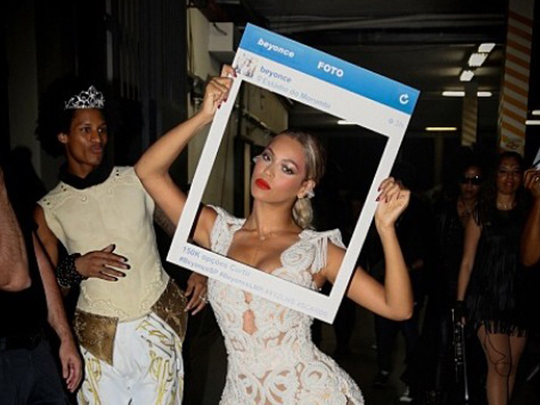
Instagram is the fastest growing social media network in the world. In 2013, the live photo and short video mobile social media application exploded from being a quirky app used by 7 million daily users to the dominant player in an already crowded arena, now with well over 100 million daily users.
Why? Simplicity. Instagram doesn’t need a user manual. Users simply take advantage of the fact their smartphones now have better, higher-quality cameras built into them than most regular digital cameras had just a few years ago, and the ability to share any image or short video with friends, family or social connections within a few seconds at the tap of a few buttons.
Add to this the ability to edit your image using highly impressive photo filters to enhance each image and you have a seemingly winning formula for continued usage. Even if you don’t want to take photos and videos and share them with the rest of the world, you can simply log on and see what others are doing (and sharing) either via your Facebook-like newsfeed or by searching through the most popular images on Instagram at any given moment.
It’s genius on so many levels. And the user numbers confirm this.
In September 2013, Instagram announced that it had reached 150 million members — 60 per cent of users located outside of the US. With a total of 16 billion photos shared, 1.2 billion daily likes and an average of 55 million photos added each day, Instagram is now the fastest growing social network on the planet in terms of active usage with a 23 per cent increase from Q3 to Q4 of 2013 compared to Facebook’s 3 per cent decline over the same period.
Instagram is a big deal in the region; of all Internet users, those from the Middle East and Africa are most likely to be on all of the major social networks compared to those in other regions. The recent #MyDubai campaign saw over 100,000 images uploaded onto Instagram using the #MyDubai tag in the first 10 days alone.
When you have all the mobile eyeballs, where do you go? We believe there are even bigger opportunities ahead.
Corporate accounts on Instagram are currently no different to regular user accounts which means that there is a huge commercial opportunity. You can imagine businesses which haven’t quite worked out how to leverage Instagram’s popularity clamouring to create a corporate account if (or rather, when) this happens.
Also, the current image search market leader is Google.com/Images — but that system is fundamentally flawed and depends on whether a website has referenced images correctly or whether Google has found the image themselves.
Instagram is built on hashtags and therefore solves this problem and does it almost in real-time. Instagram can therefore quite easily become the YouTube of the image and short video world. (YouTube is the second most popular search engine in the world).
Instagram will undoubtedly develop its search engine, which hasn’t visibly been upgraded but it is already in place since they opened up the web side of its platform — previously it was mobile only — and there is fantastic scope to grow and develop the platform and continue to attract more online users as they become increasingly comfortable with video. Web-based Instagram can then feed into websites, social media — but filtered.
We’ve already tested it with hotel clients in the Middle East. This is how and where brands are becoming more visually sophisticated and acting transparently. For example, Instagram feeds — based on user generated images via hashtags — will allow brands to feed Instagram content on their channels such as websites and microsites, Facebook pages and digital signage.
These images can be filtered so as not to compromise brand integrity or negative tactics by competitors or bogus accounts set up to do nothing but cause damage.
There is no doubt that Instagram has changed how businesses use branded visuals to communicate with customers and potential customers within the social media marketing space. There is also no doubt that Facebook’s $1 billion (Dh3.67 billion) acquisition of Instagram less than two years ago (April 2012) could be as shrewd an investment as Google’s $1.65 billion acquisition of YouTube in 2006.
— The writer is CEO of Nexa, a digital marketing agency.











